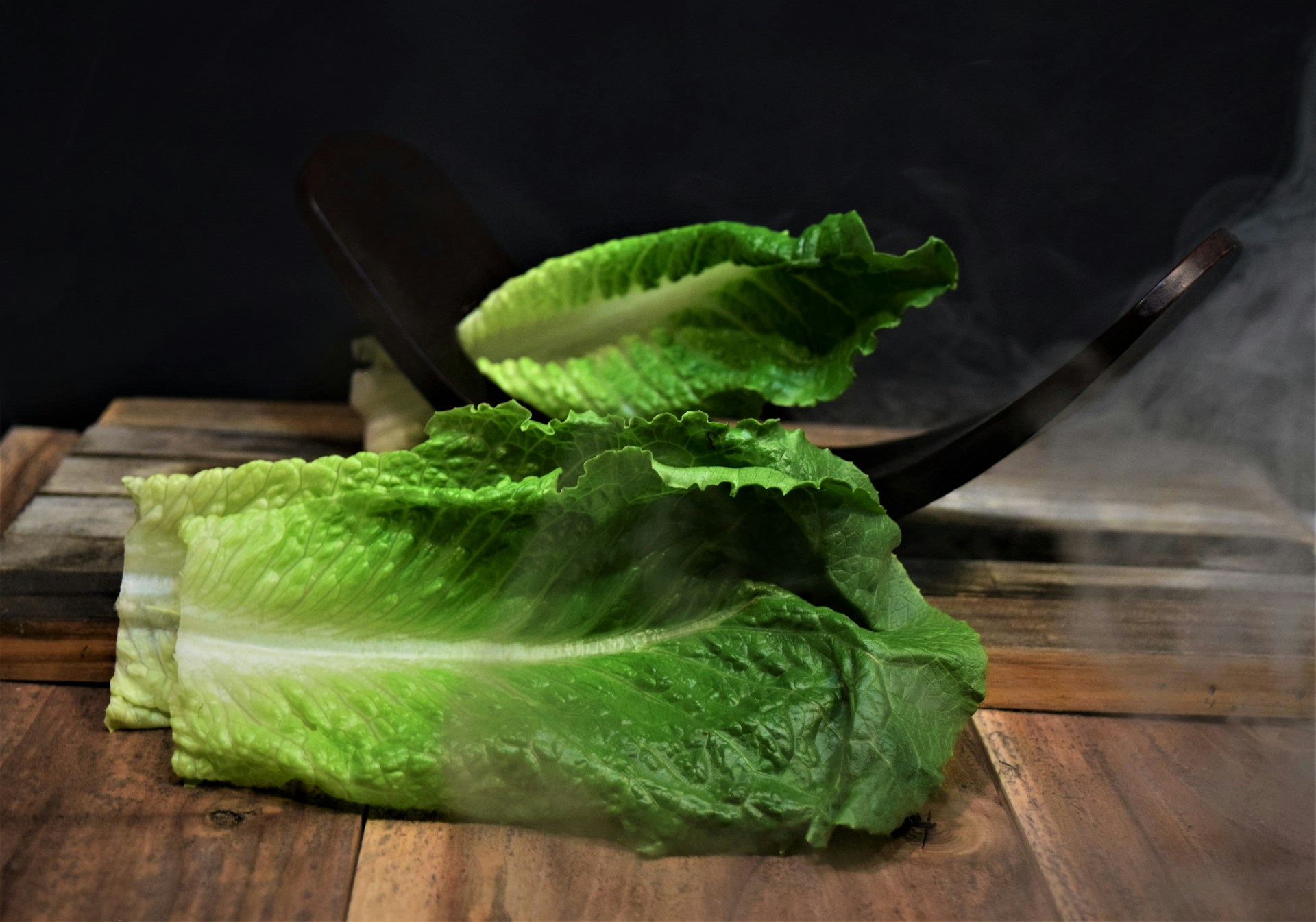
Food recalls make headlines, but what happens after the news fades? Many products linked to contamination get pulled, rebranded, and quietly return to store shelves. This matters because you might be buying these foods without knowing their history. Food safety is a real concern, and rebranding can hide past problems. You deserve to know what you’re eating and how to protect yourself. Here’s a look at nine foods that were rebranded after contamination but are still available today.
1. Bagged Spinach
Bagged spinach was at the center of a major E. coli outbreak in 2006. The recall was huge, and people got sick across several states. After the crisis, companies changed packaging, logos, and even farm sources. But bagged spinach is still on shelves, often with new branding. If you buy it, always wash it—even if the label says “triple washed.” Contamination can happen at any point from farm to store. Stay alert to new recalls and check the FDA’s recall database before buying.
2. Peanut Butter
Peanut butter has faced several recalls, most notably in 2009 when salmonella contamination led to hundreds of illnesses. Some brands disappeared, only to return with new names or under different parent companies. The product itself didn’t change much. If you see a new peanut butter brand from a familiar manufacturer, check its recall history. Store brands often come from the same factories as recalled products. Always look for recent safety updates and consider buying from companies with strong safety records.
3. Frozen Berries
Frozen berries have been linked to hepatitis A and norovirus outbreaks. After recalls, some brands rebranded or changed suppliers. The berries look the same, but the packaging and names might be different. Frozen berries are often imported, and safety standards vary. Boil or cook frozen berries before eating, especially if you’re serving them to kids or older adults. This simple step can reduce your risk of illness.
4. Pre-Cut Melons
Pre-cut melons, like cantaloupe and watermelon, have been recalled for salmonella and listeria. After outbreaks, some brands changed their names or started using new packaging. But the risk remains. Pre-cut fruit is convenient, but it’s also more likely to be contaminated because it’s handled more. If you buy pre-cut melons, eat them soon after purchase and keep them cold. Or, buy whole melons and cut them yourself at home.
5. Romaine Lettuce
Romaine lettuce has been recalled multiple times for E. coli. Some companies rebranded their lettuce or switched to “baby romaine” or “artisan” blends. The product is still romaine, just with a new look. Romaine is grown in large fields, and contamination can spread quickly. Wash all lettuce, even if it’s labeled “ready to eat.” Stay updated on current recalls, especially during the fall, when outbreaks are more common.
6. Chicken Nuggets
Chicken nuggets have been recalled for foreign objects, salmonella, and listeria. Some brands changed their names or packaging after recalls. The nuggets themselves often come from the same factories. If you see a new nugget brand at your store, check if a company makes it with a recall history. Cook nuggets thoroughly and avoid eating them straight from the microwave if possible. Oven baking is safer.
7. Canned Tuna
Canned tuna has faced recalls for botulism and contamination with foreign materials. After recalls, some brands rebranded or merged with other companies. The cans look different, but the tuna often comes from the same sources. Check the can for dents or bulges, which can signal spoilage. Rotate your pantry stock and don’t keep canned tuna for too long. If you’re concerned, look for brands with clear sourcing and safety information.
8. Ice Cream
Ice cream has been recalled due to Listeria contamination, particularly products manufactured in large-scale facilities. Some brands rebranded or launched new lines after recalls. The ice cream may have a new name, but it’s often made in the same place. Listeria can survive in cold environments, so even frozen foods aren’t always safe. Check for recent recalls and clean your freezer regularly to avoid cross-contamination.
9. Deli Meats
Deli meats, including ham, turkey, and roast beef, have been recalled for listeria and other bacteria. After recalls, some companies rebranded or started selling under new names. Deli meats are still risky, especially for pregnant women and people with weak immune systems. Buy pre-packaged deli meats instead of those sliced at the counter, and eat them within a few days. Always heat deli meats before eating if you’re in a high-risk group.
Why Food History Matters for Your Cart
Rebranding after contamination is common in the food industry. Companies want to regain your trust, but the risks don’t always disappear with a new label. Knowing the history of what you buy helps you make safer choices. Check recall lists, read labels, and don’t assume a new name means a new product. Food safety is ongoing, and your awareness is your best defense.
Have you ever bought food that was later recalled or rebranded? Share your story in the comments.
Read More
10 Ingredients Banned in Europe but Still in American Foods
Bright Colors, Hidden Risks: Understanding the FDA’s Crackdown on Food Dyes
The post 9 Foods Rebranded After Contamination—But Still on Shelves appeared first on Grocery Coupon Guide.







